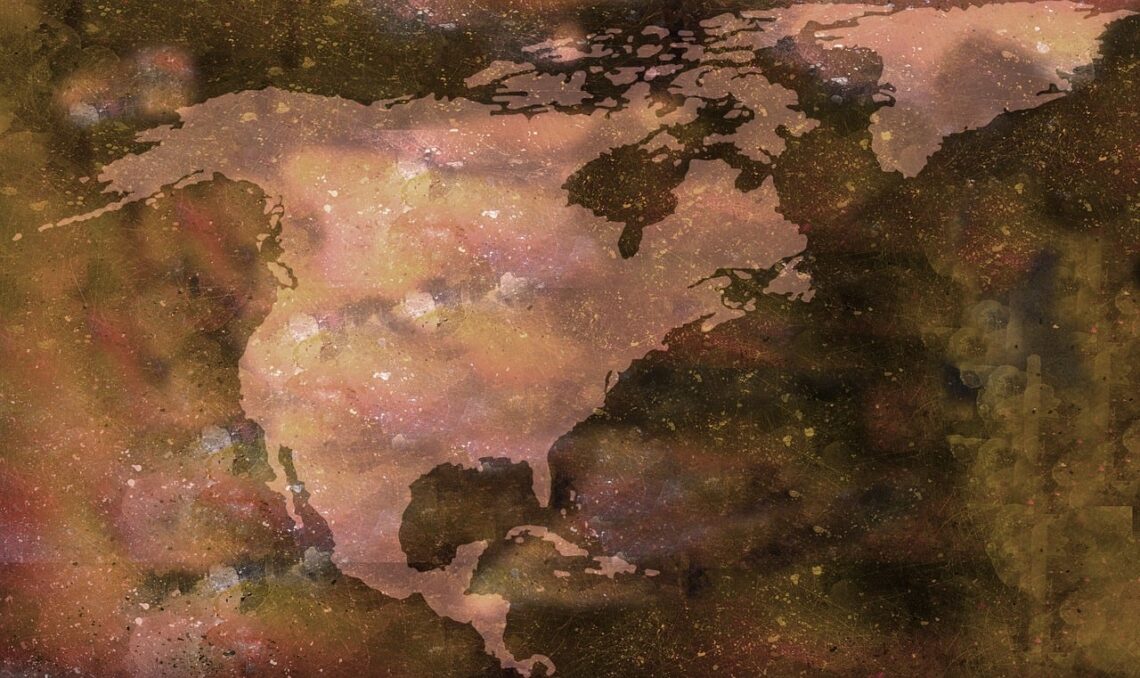
Fascinating Facts About North America (The Best 50)
Facts About North America
North America, the third-largest continent in the world, offers a rich tapestry of cultures, landscapes, and history. Covering an area of about 9.54 million square miles, North America is home to a diverse range of environments, from the icy expanse of the Arctic Ocean in the north to the tropical rainforests of Central America. This continent, often referred to as the “New World,” is bordered by the Pacific Ocean to the west and the Atlantic Ocean to the east. Here, we will explore some captivating facts about North America, delving into its geography, indigenous peoples, and iconic landmarks.
Table of Content
- Geography of North America
- History and Culture
- Natural Wonders
- Significant Cities and Urban Areas
- Cultural Diversity
- Natural Resources and Economy
- Facts About North America: Frequently Asked Questions
- Environmental Features
- Iconic Wildlife
- Human Geography
- Natural Wonders
- Cultural Impact of Immigration
- Key Historical Events
- Further Exploration of Natural Wonders
- Facts About North America: Frequently Asked Questions
Geography of North America
Vast Landscapes
Firstly, North America boasts an incredible variety of landscapes. From the Rocky Mountains, which stretch over 3,000 miles from Canada to New Mexico, to the Great Plains that span across the central United States and Canada, the continent’s topography is remarkably diverse. Additionally, the Appalachian Mountains, located in the eastern part of the United States, offer a striking contrast to the western highlands.
Major Bodies of Water
Secondly, the continent is home to some of the world’s most significant bodies of water. The Great Lakes, which include Lake Superior, the largest freshwater lake by surface area, are a critical natural resource for both the United States and Canada. The Mississippi River, stretching over 2,300 miles, is another crucial waterway, playing a vital role in commerce and transportation.
Iconic Landmarks
In addition, North America is renowned for its iconic landmarks. Indeed the Grand Canyon, a natural wonder carved by the Colorado River, and the Niagara Falls, a stunning set of waterfalls located on the border between the United States and Canada, are just two examples of the continent’s breathtaking natural beauty.
History and Culture
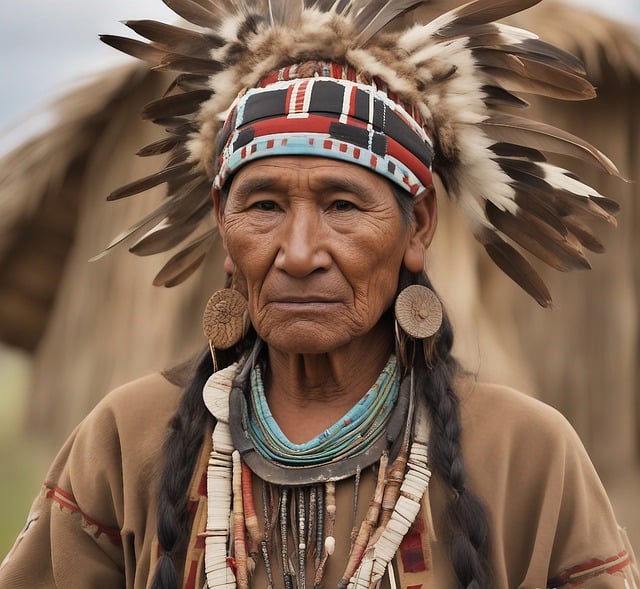
Indigenous Peoples
Before European settlers arrived, North America was inhabited by a diverse array of indigenous peoples. The Native Americans, as they are commonly known, had rich cultures and societies long before the arrival of European explorers such as Christopher Columbus. In fact the Aztec Empire, located in what is now Mexico City, was one of the most powerful and sophisticated civilizations of the time.
European Colonization
After Columbus’s arrival in 1492, European colonization began in earnest. Countries like Spain, France, and England established colonies throughout the continent, significantly impacting the indigenous populations and shaping the cultural landscape. For instance, the influence of European immigrants is evident in the official languages spoken across different countries in North America today.
Independence Movements
Moreover, the continent has a storied history of independence movements. Also the United States of America, which gained independence from Britain in 1776, inspired other regions to seek autonomy. Mexico’s independence from Spain in 1821 and the subsequent independence of Central American countries, such as Costa Rica and El Salvador, reshaped the political map of North America.
Natural Wonders

National Parks
North America’s national parks are a testament to its natural beauty and diversity. In fact Yellowstone National Park, established in 1872, is the world’s first national park and is renowned for its geothermal features and wildlife, including the American bison and grizzly bears. Additionally, the National Park Service, which oversees these protected areas, plays a crucial role in preserving the continent’s natural heritage.
Diverse Ecosystems
Furthermore, the continent’s ecosystems range from the barren deserts of Death Valley, the lowest point in North America, to the lush tropical rainforests found in Central America. The Canadian Shield, a vast area of ancient rock, and the coral reefs of the Caribbean Sea add to the continent’s ecological diversity.
High Mountains and Deep Valleys
Lastly, North America features some of the highest peaks and deepest valleys in the world. In fact Mount McKinley, also known as Denali, is the highest point in North America, while the continent’s lowest point is found in Death Valley, at 282 feet below sea level.
Significant Cities and Urban Areas

Major Metropolitan Areas
North America is home to some of the world’s most prominent cities. New York City, often referred to as “The Big Apple,” is the largest city in the United States in terms of population and is a global hub for finance, culture, and media. Similarly, Los Angeles, known for its entertainment industry, particularly Hollywood, is another major metropolitan area that attracts millions of visitors each year.
Diverse Capitals
The continent also features diverse capital cities. For instance Mexico City, the capital of Mexico, is one of the oldest and most densely populated cities in the world. Furthermore Ottawa, the capital of Canada, is known for its beautiful architecture and vibrant cultural scene. Moreover, San Francisco, although not a capital, stands out as a significant city due to its iconic landmarks like the Golden Gate Bridge and its role in the tech industry.
Historical Cities
Furthermore, cities like Boston and Philadelphia hold great historical significance in North America. Boston, located in New England, played a pivotal role in the American Revolution, while Philadelphia is home to the Liberty Bell and Independence Hall, where the Declaration of Independence was signed.
Cultural Diversity

Indigenous Cultures
North America’s cultural diversity is vast, with deep roots in its indigenous populations. Native American tribes, such as the Navajo, Sioux, and Iroquois, have rich traditions and histories that continue to influence the continent’s culture today. These indigenous peoples have made significant contributions to art, music, and cuisine.
European Influence
In addition, the influence of European settlers is evident throughout North America. The arrival of the Spanish, French, and English significantly shaped the cultural landscape. For example, French influence is particularly strong in Quebec, Canada, where French is the official language. Similarly, Spanish influence is prominent in Mexico and parts of the United States, such as California and Texas.
Immigration and Modern Culture
Moreover, North America’s modern culture is a melting pot of influences from around the world. For example Immigration from Europe, Asia, Latin America, and Africa has contributed to the continent’s rich tapestry of cultures. Besides, this diversity is reflected in the continent’s festivals, cuisines, and traditions.
Natural Resources and Economy

Abundant Natural Resources
North America’s natural resources are abundant and varied. To illustrate, the continent is rich in minerals, forests, and freshwater. Furthermore the Great Lakes alone hold about 84% of North America’s fresh surface water. Additionally, the continent has vast reserves of oil, natural gas, and coal, which have played a significant role in its economic development.
Economic Powerhouses
The United States of America is the largest economy in North America and one of the largest in the world. It is a global leader in technology, finance, and consumer goods. Canada, with its vast natural resources and strong financial sector, also boasts a robust economy. Mexico, the third-largest country in North America by population, has a rapidly growing economy with significant manufacturing and oil industries.
Trade Agreements
Furthermore, trade agreements like the North American Free Trade Agreement (NAFTA), now replaced by the United States-Mexico-Canada Agreement (USMCA), have facilitated economic cooperation and growth among the three largest countries in North America. These agreements have helped reduce trade barriers, increase investment, and promote economic integration.
Facts About North America: Frequently Asked Questions

What is the largest country in North America?
The largest country in North America by land area is Canada, which covers approximately 3.85 million square miles.
What are some interesting facts about North America?
One interesting fact about North America is that it is the only continent that has every kind of climate, from the arctic cold of northern Canada to the tropical heat of Central America.
How many countries are there in North America?
There are 23 countries in North America, including the United States, Canada, Mexico, and countries in Central America and the Caribbean.
What is the highest point in North America?
The highest point in North America is Denali (Mount McKinley) in Alaska, which reaches an elevation of 20,310 feet.
What are some famous natural landmarks in North America?
Famous natural landmarks in North America include the Grand Canyon, Niagara Falls, and Yellowstone National Park.
Who were the first inhabitants of North America?
The first inhabitants of North America were indigenous peoples who migrated from Asia across the Bering Strait land bridge thousands of years ago.
Environmental Features
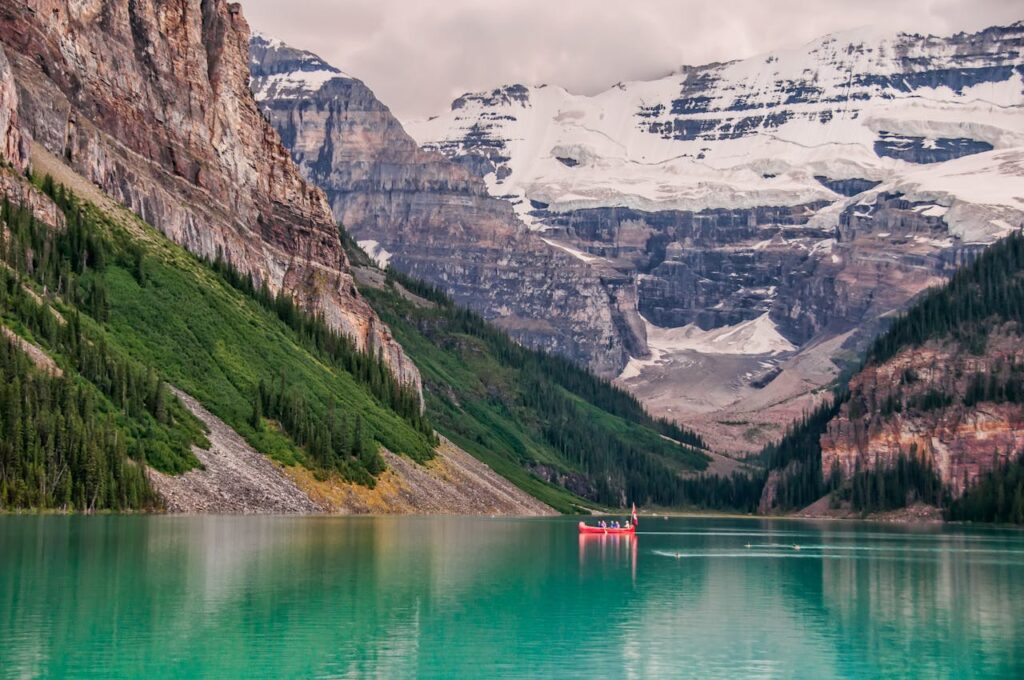
Diverse Climate Zones
North America is characterized by its diverse climate zones. From the arctic tundra of northern Canada and Alaska to the tropical rainforests of Central America, the continent experiences a wide range of weather patterns. This diversity in climate contributes to the variety of ecosystems and wildlife found across the continent.
Major Rivers and Waterways
The continent’s extensive river systems are crucial for its ecology and human activities. The Mississippi River, one of the longest rivers in the world, plays a vital role in the transportation of goods and agricultural produce. The St. Lawrence River serves as a major waterway connecting the Great Lakes to the Atlantic Ocean, facilitating trade and commerce. Furthermore, the Colorado River, known for carving out the Grand Canyon, is an essential water source for southwestern United States.
Significant Lakes
North America is home to some of the world’s largest and most important lakes. Lake Superior, the largest freshwater lake by surface area, is a part of the Great Lakes system. Additionally, Lake Ontario and Lake Erie are significant for their ecological and economic importance. The Great Salt Lake in Utah is another notable lake, known for its high salinity and unique ecosystem.
Iconic Wildlife
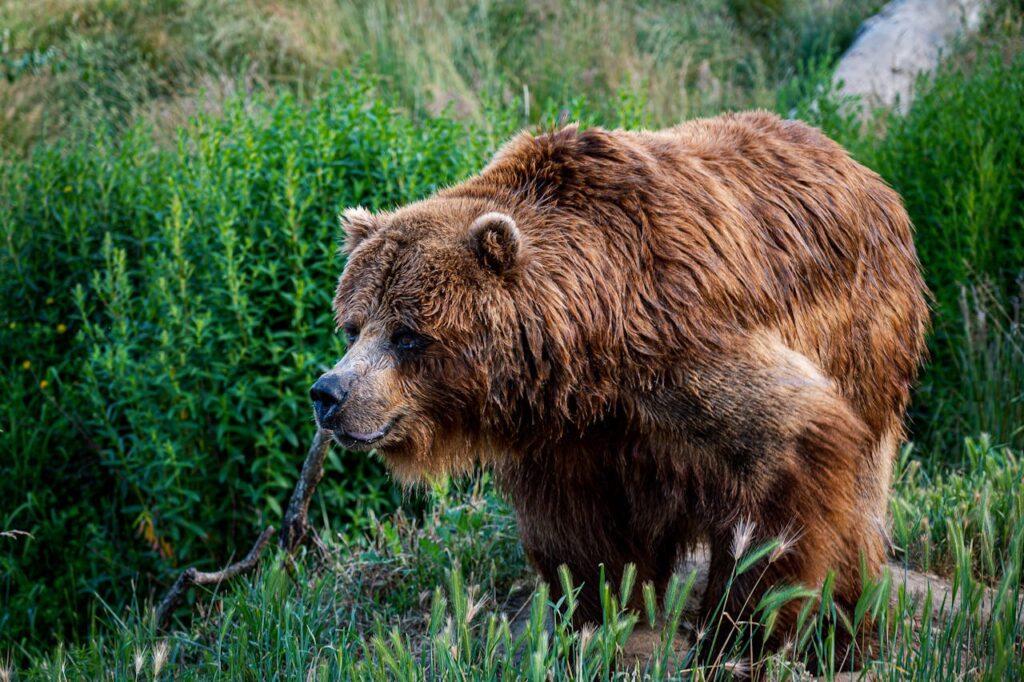
Native Species
The continent’s diverse habitats support a wide range of wildlife species. The bald eagle, the national bird of the United States, symbolizes freedom and strength. North America is also home to the American bison, which once roamed the Great Plains in massive herds. Grizzly bears and black bears inhabit the forests and mountainous regions, while the elusive gray wolf can be found in various parts of Canada and the United States.
Unique Ecosystems
North America hosts unique ecosystems that are home to specialized flora and fauna. Furthermore, the coral reefs of the Caribbean Sea are among the richest marine habitats in the world, supporting a vast array of marine life. The Arctic tundra, with its harsh climate, supports species such as polar bears, caribou, and arctic foxes. In the western United States, the sagebrush steppe is a critical habitat for species like the greater sage-grouse.
Human Geography
Population Centers
North America has several major population centers that influence the continent’s demographics and culture. The metropolitan area of New York City is the largest in the United States and one of the most populous urban areas in the world. Los Angeles, with its sprawling cityscape, is a hub for entertainment and technology. Mexico City, the largest city in North America by population, is a cultural and economic powerhouse in Latin America.
Cultural Melting Pot
The continent’s history of immigration has created a rich cultural tapestry. Cities like Toronto, New York City, and Los Angeles are renowned for their cultural diversity, with vibrant communities representing various ethnic backgrounds. This multiculturalism is reflected in the continent’s cuisine, festivals, and arts.
Historical Landmarks
North America is dotted with historical landmarks that tell the story of its past. The Statue of Liberty in New York Harbor is a symbol of freedom and democracy. Independence Hall in Philadelphia, where the Declaration of Independence and the United States Constitution were signed, is a site of immense historical significance. Additionally, the Alamo in San Antonio, Texas, stands as a testament to the struggles for independence in the region.
Natural Wonders
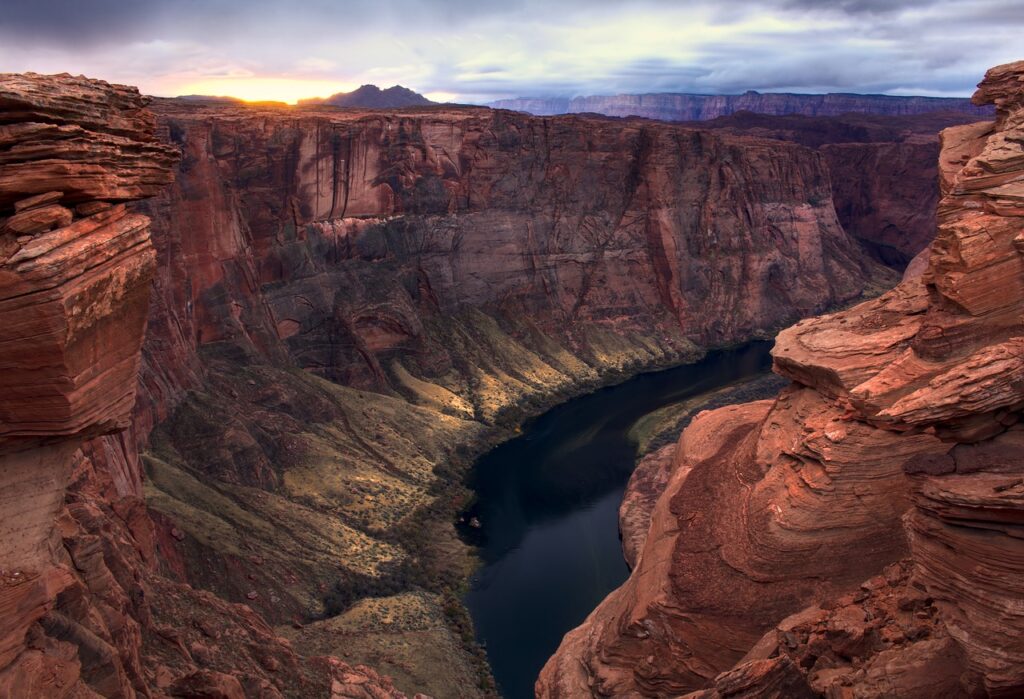
Grand Canyon
The Grand Canyon, located in Arizona, is one of the most awe-inspiring natural wonders of the world. Carved by the Colorado River over millions of years, the canyon is known for its immense size and intricate layers of red rock, revealing geological history spanning billions of years.
Yellowstone National Park
Yellowstone National Park, the first national park in the world, is renowned for its geothermal features, including the famous Old Faithful geyser. The park’s diverse ecosystems support a variety of wildlife, from grizzly bears to herds of elk and bison. The park’s stunning landscapes, including geysers, hot springs, and waterfalls, attract millions of visitors each year.
Niagara Falls
Straddling the border between the United States and Canada, Niagara Falls is one of the most famous waterfalls in the world. Comprising three separate falls – Horseshoe Falls, American Falls, and Bridal Veil Falls – Niagara Falls is a major tourist destination and a source of hydroelectric power.
Cultural Impact of Immigration

Influence on Cuisine
One of the most visible impacts of immigration in North America is on its cuisine. Mexican tacos, Italian pasta, Chinese dim sum, and Indian curry are now staple foods in many households across the continent. In cities like New York and Los Angeles, food trucks and restaurants offer an array of international dishes, reflecting the diverse cultural influences that shape North American society.
Music and Arts
Furthermore, the continent’s music and arts scene has been significantly enriched by various immigrant communities. Such as Jazz, which originated in the African American communities of New Orleans, has become a globally recognized genre. Similarly, Latin American music, including salsa, reggaeton, and mariachi, has gained immense popularity. The visual arts, too, have been influenced by European settlers, Native Americans, and other immigrant groups, resulting in a vibrant and eclectic artistic landscape.
Key Historical Events
The American Civil War
The American Civil War, fought from 1861 to 1865, was a pivotal event in North American history. It led to the abolition of slavery and significantly shaped the social and political landscape of the United States. The war’s legacy can be seen in numerous historical sites and monuments across the country.
Independence Movements
Moreover, the struggle for independence has been a recurring theme in North American history. The United States declared independence from Britain in 1776, setting a precedent for other regions. To say nothing of Mexico’s independence from Spain in 1821 and subsequent independence movements in Central America reshaped the continent’s geopolitical boundaries.
Civil Rights Movement
The Civil Rights Movement in the mid-20th century was another transformative period. It sought to end racial segregation and discrimination against African Americans and other minority groups. What is more key figures like Martin Luther King Jr. and Rosa Parks became symbols of the fight for equality and justice.
Further Exploration of Natural Wonders
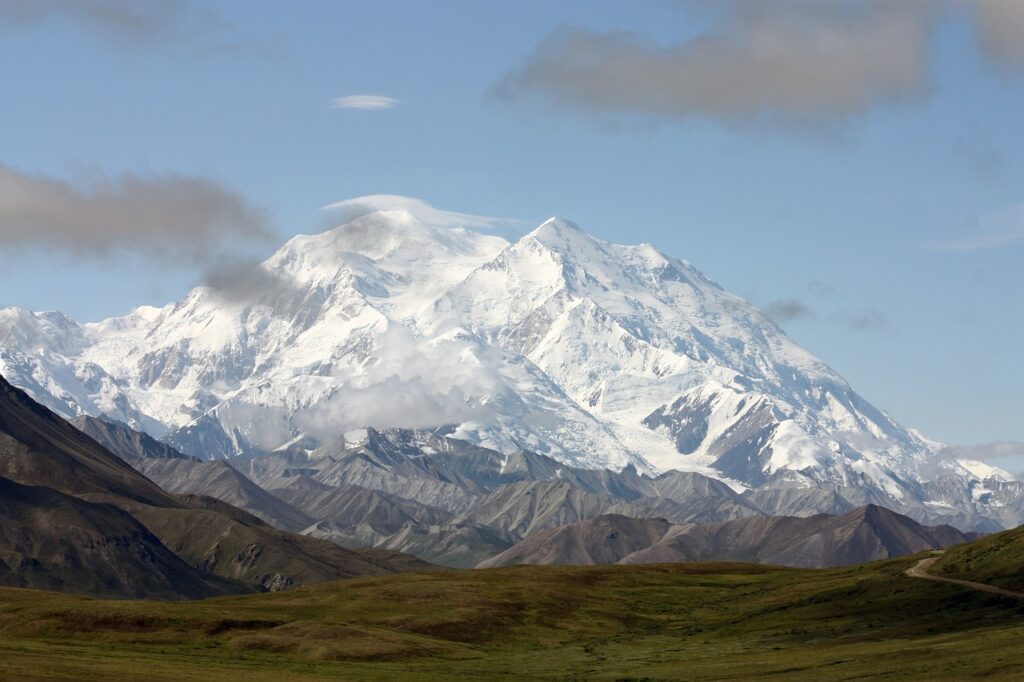
Mount McKinley (Denali)
Did you know that Mount McKinley, also known as Denali, is the highest peak in North America, standing at 20,310 feet. Located in Alaska, Denali is a part of the Alaska Range and is a popular destination for climbers and nature enthusiasts. In fact, its towering presence and pristine environment make it one of the continent’s most iconic natural landmarks.
Death Valley
Death Valley, located in California, is the hottest, driest, and lowest national park in the United States. Its Badwater Basin sits at 282 feet below sea level, making it the lowest point in North America. Despite its harsh conditions, Death Valley is home to a variety of unique flora and fauna, including the resilient desert wildflowers that bloom spectacularly after rare rainfalls.
The Isthmus of Panama
The Isthmus of Panama, connecting North and South America, is a crucial geographical feature. It houses the Panama Canal, an engineering marvel that significantly shortens maritime travel between the Atlantic and Pacific Oceans. Furthermore, the canal’s construction and operation have had profound economic and strategic impacts on global trade.
Facts About North America Conclusion
North America is a continent of immense diversity and complexity, from its varied landscapes and climates to its rich cultural heritage and historical significance. Whether it’s the towering Rocky Mountains, the bustling streets of New York City, or the ancient traditions of its indigenous peoples, there are countless facts about North America that continue to fascinate and inspire. The continent’s blend of natural beauty, cultural richness, and historical depth makes it a unique and vibrant part of the world.
Facts About North America: Frequently Asked Questions
What are some fun facts about North America?
One fun fact about North America is that it is home to the world’s largest island, Greenland, which is an autonomous territory within the Kingdom of Denmark. Another interesting fact is that the continent has the longest land border in the world, the border between Canada and the United States.
How did North America get its name?
North America is named after the Italian explorer Amerigo Vespucci, who was one of the first to suggest that the lands discovered by Columbus were part of a new continent.
What are some iconic landmarks in North America?
Iconic landmarks in North America include the Statue of Liberty, the Grand Canyon, Mount Rushmore, and the Golden Gate Bridge.
What is the largest country in North America?
The largest country in North America by land area is Canada, covering approximately 3.85 million square miles.
How many national parks are there in North America?
There are over 100 national parks in North America, each offering unique landscapes and opportunities for recreation and conservation.
What is the significance of the Bering Strait?
The Bering Strait is significant because it is believed to have been the land bridge that early humans used to migrate from Asia to North America during the last Ice Age.


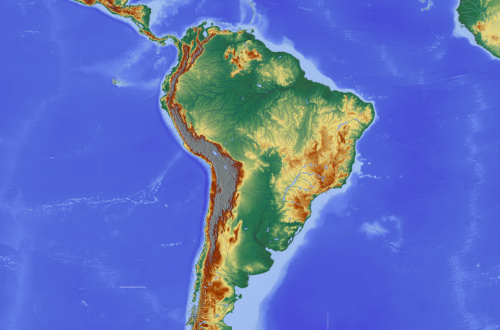
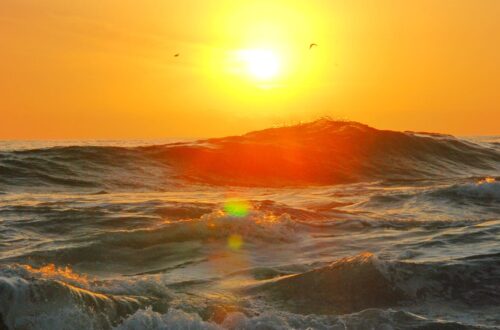

4 Comments
Pingback:
Pingback:
Pingback:
Pingback: